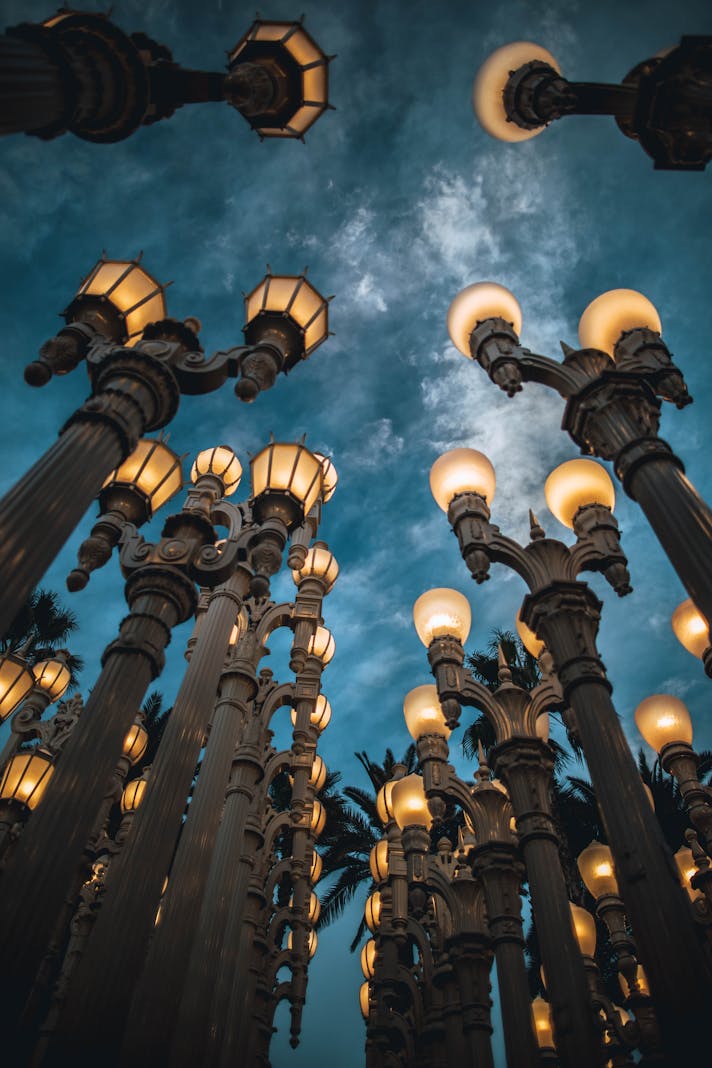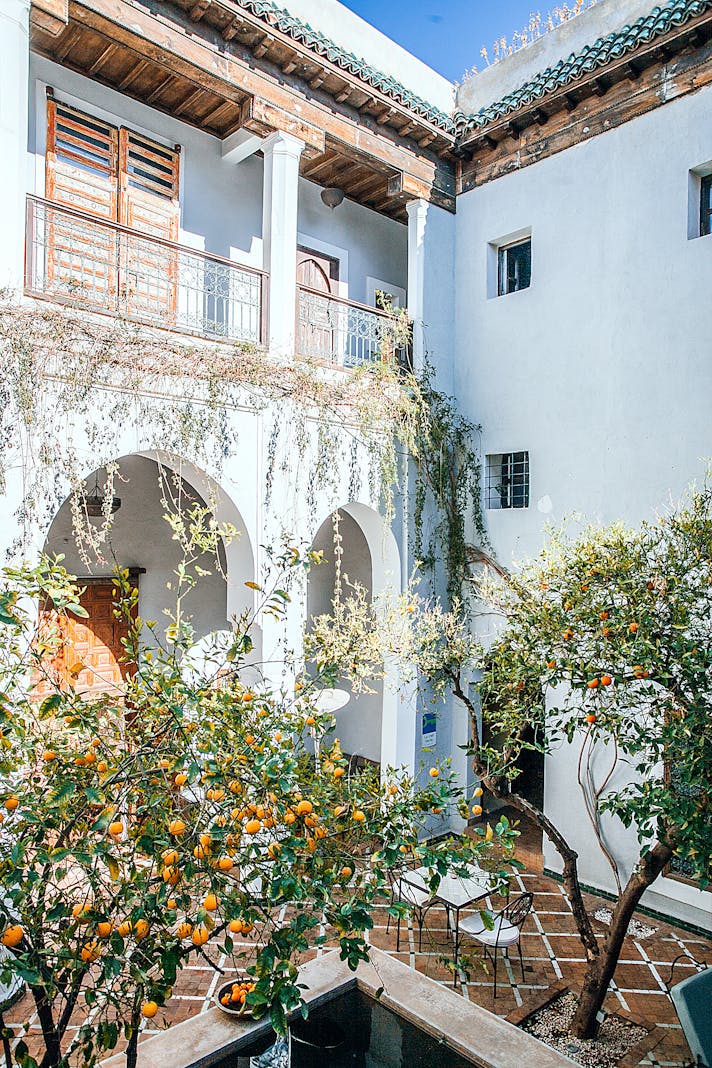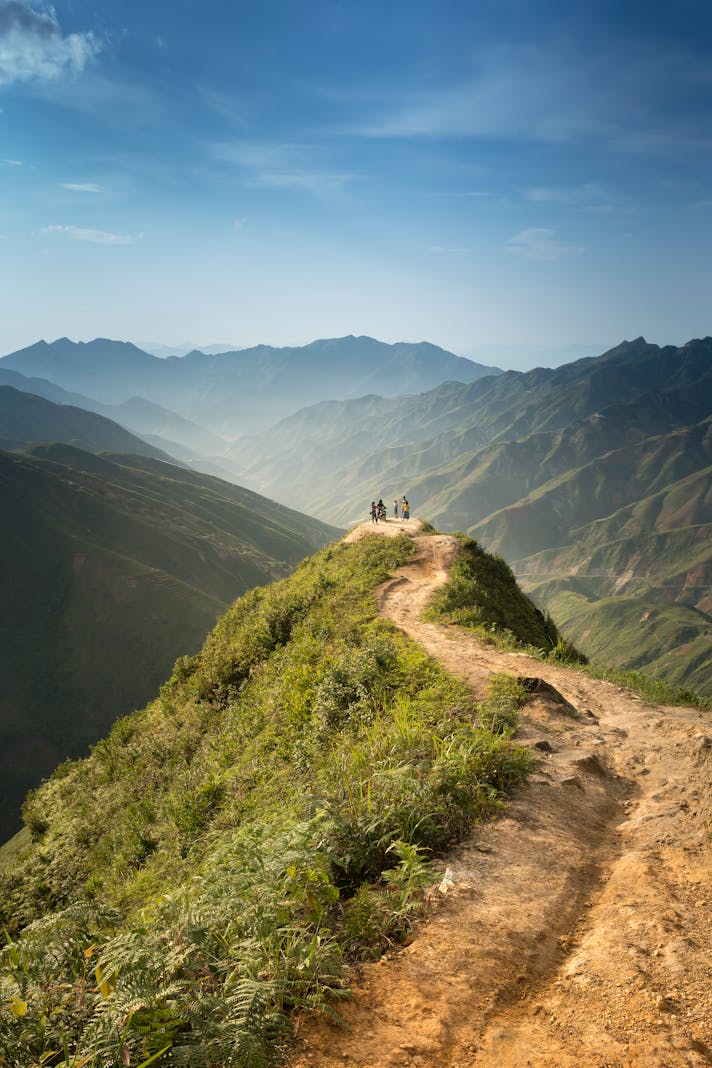Santa Ana and Diablo Winds

The weather in California tends towards the consistent; it’s possible to predict it with at least seventy-five percent accuracy for any month of the year. In December, the Santa Ana winds of Southern California will kick in, bringing lowered humidity and increased fire danger. Like other famous wind conditions in other parts of the world, they also bring general volatility to the population; as Raymond Chandler famously said of them: “meek little wives feel the edge of the carving knife and study their husbands’ necks.”
The air begins to move north-east of coastal Southern California, far away in the Great Basin or Upper Mojave deserts. A ridge of high pressure builds, and the gusts flow down through the mountain passes, which narrow and condense the stream, giving it power. Wind speeds build, sometimes close to one hundred miles per hour. In the winter, the deserts are colder and dryer than the coastal areas, and the Santa Anas generally bring the air moisture down into the single digits.
Similar winds, called the Diablo winds, occur in the northern part of the state. Both wind events generally occur during a ‘temperature inversion’, where hot air is compressed from above by a layer of cold air which further restricts and agitates the bluster. By themselves, the airflow causes destruction, but due to the fire ecology of the state, the fast-moving, extremely dry gales can cause havoc when combined with a downed power line or a stray spark from a vagrant’s campfire.
In 2011, the Santa Anas produced what was termed a “hundred-year event”, with winds moving up to one hundred and forty miles an hour. Trees were blown over, power lines downed, houses and cars damaged – some areas of the San Gabriel Valley were without power for close to three weeks. While Pasadena, Sierra Madre, and Monrovia were the hardest hit areas, life in the entire Los Angeles basin was adversely affected by this ‘dry hurricane.’
In recent years, the Santa Anas have not blown as hard, but they have made large wildfires harder to control. In October of 2017, the Diablos essentially drove the fires in Northern California’s wine country, where some neighborhoods of Sonoma County were completely destroyed. In December, a fire broke out in Ventura County, and the winds hindered firefighter attempts to protect property, with many structures burning down.
Natural disasters rarely happen because of one dominant event. In California, the windstorms work with drought conditions; both of these are predictable parts of the weather. In a good year, there will be a rainstorm of two in the fall, dampening the brush; when this doesn’t occur, the unfortunate fire question isn’t so much ‘if’ as ‘when.’ Learning to live with these phenomena is the trade-off for enjoying the usually balmy weather and abundant sunshine.
The air begins to move north-east of coastal Southern California, far away in the Great Basin or Upper Mojave deserts. A ridge of high pressure builds, and the gusts flow down through the mountain passes, which narrow and condense the stream, giving it power. Wind speeds build, sometimes close to one hundred miles per hour. In the winter, the deserts are colder and dryer than the coastal areas, and the Santa Anas generally bring the air moisture down into the single digits.
Similar winds, called the Diablo winds, occur in the northern part of the state. Both wind events generally occur during a ‘temperature inversion’, where hot air is compressed from above by a layer of cold air which further restricts and agitates the bluster. By themselves, the airflow causes destruction, but due to the fire ecology of the state, the fast-moving, extremely dry gales can cause havoc when combined with a downed power line or a stray spark from a vagrant’s campfire.
In 2011, the Santa Anas produced what was termed a “hundred-year event”, with winds moving up to one hundred and forty miles an hour. Trees were blown over, power lines downed, houses and cars damaged – some areas of the San Gabriel Valley were without power for close to three weeks. While Pasadena, Sierra Madre, and Monrovia were the hardest hit areas, life in the entire Los Angeles basin was adversely affected by this ‘dry hurricane.’
In recent years, the Santa Anas have not blown as hard, but they have made large wildfires harder to control. In October of 2017, the Diablos essentially drove the fires in Northern California’s wine country, where some neighborhoods of Sonoma County were completely destroyed. In December, a fire broke out in Ventura County, and the winds hindered firefighter attempts to protect property, with many structures burning down.
Natural disasters rarely happen because of one dominant event. In California, the windstorms work with drought conditions; both of these are predictable parts of the weather. In a good year, there will be a rainstorm of two in the fall, dampening the brush; when this doesn’t occur, the unfortunate fire question isn’t so much ‘if’ as ‘when.’ Learning to live with these phenomena is the trade-off for enjoying the usually balmy weather and abundant sunshine.

Related Articles
Editor's Picks Articles
Top Ten Articles
Previous Features
Site Map
Content copyright © 2023 by Korie Beth Brown, Ph.D. . All rights reserved.
This content was written by Korie Beth Brown, Ph.D. . If you wish to use this content in any manner, you need written permission. Contact Korie Beth Brown, Ph.D. for details.







